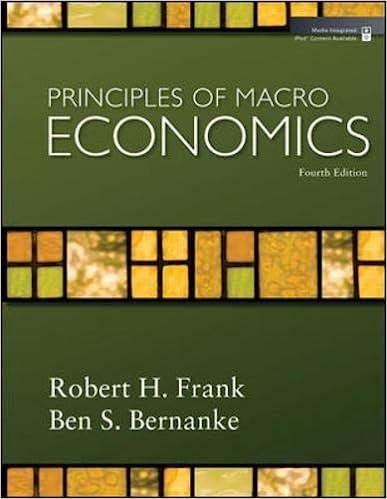Suppose that a U.S. worker can produce 1,000 pairs of shoes or 10 industrial robots per year.
Question:
Suppose that a U.S. worker can produce 1,000 pairs of shoes or 10 industrial robots per year. For simplicity, assume there are no costs other than labor costs and firms earn zero profits. Initially, the U.S. economy is closed. The domestic price of shoes is $30 per pair, so a U.S. worker can earn $30,000 annually by working in the shoe industry. The domestic price of a robot is $3,000, so a U.S.
worker also can earn $30,000 annually working in the robot industry. Now suppose that the United States opens trade with the rest of the world. Foreign workers can produce 500 pairs of shoes or one robot per year. The world price of shoes after the United States opens its markets is $10 per pair, and the world price of robots is $5,000. LO2, LO3
a. Describe the new consumption possibilities curve for the United States.
b. What do foreign workers earn annually, in dollars?
c. When it opens to trade, which good will the United States import and which will it export?
d. Find the real income of U.S. workers after the opening to trade, measured in
(1) the number of pairs of shoes annual worker income will buy and (2) the number of robots annual worker income will buy. Compare this real income to the situation before the opening of trade.
e. Does trading in goods produced by “cheap foreign labor” hurt U.S. workers?
f. How might your conclusion in part c be modified in the short term if it is costly for workers to change industries? What policy response might help with this problem?
Step by Step Answer:







